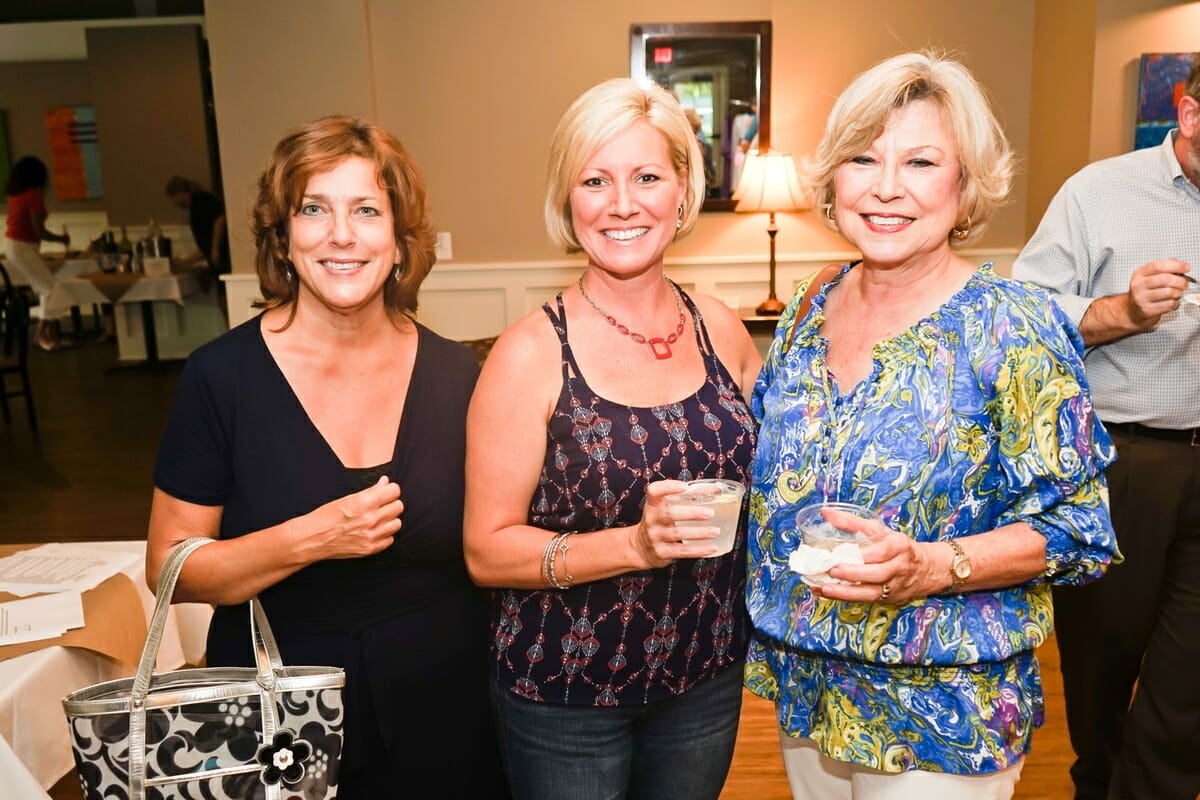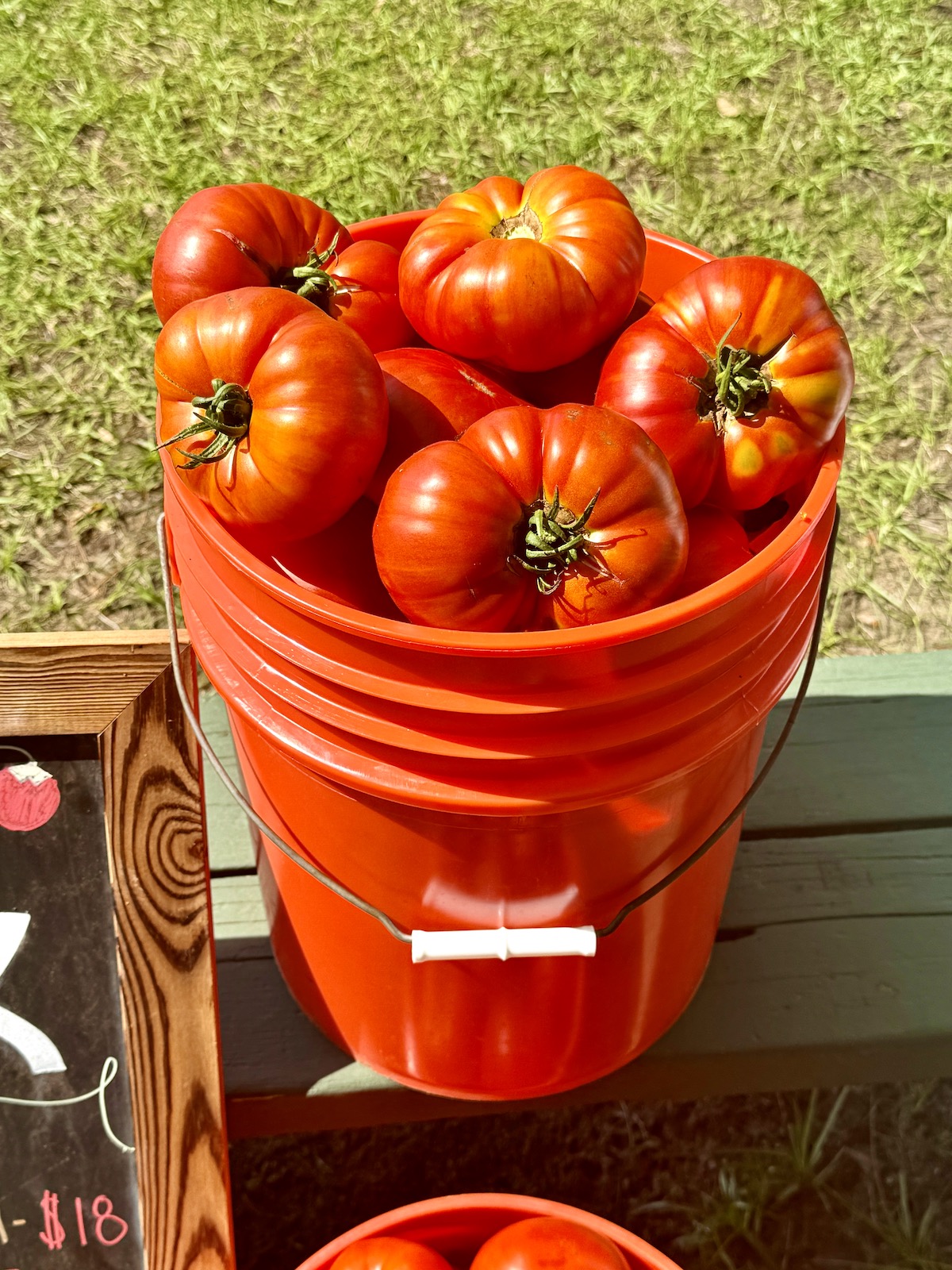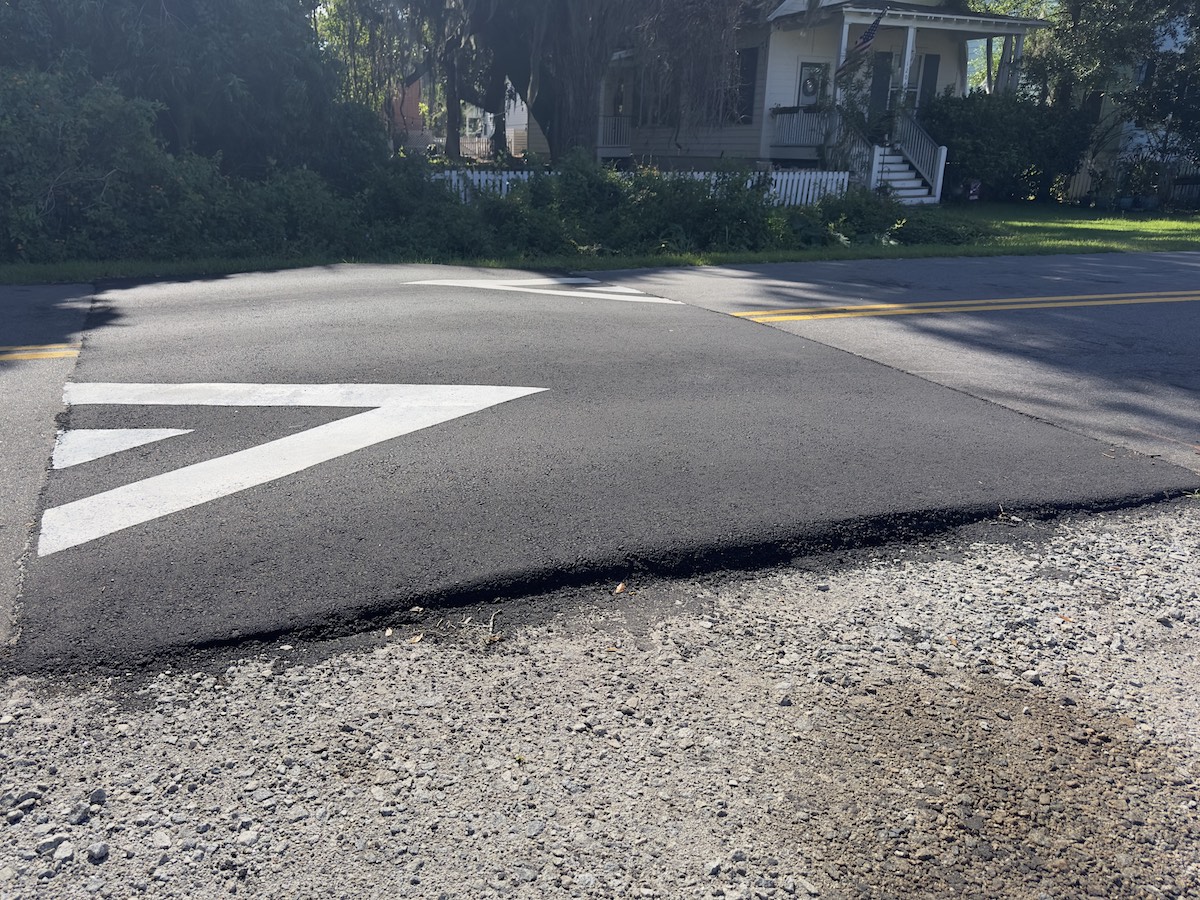By Susan Stone
By this time of the season, the vegetable garden is looking pretty tired and pitiful. Most of the harvesting is already done. Aromas of zucchini bread baking and canning peaches fill the air in many Lowcountry kitchens. Most of the summer perennials are past their prime and the annuals are getting leggy, but there is still much to do in the August garden!
This is the perfect time to collect seeds from your best performers. Many herb, perennial and annual seeds can be sown now for next year’s show such as Coreopsis (Tick Seed), Shasta Daisies, Columbine, Rudebeckia (Black Eyed Susan’s), Monarda (Bee Balm) and Poppies. If you want to get a head start on your winter annuals, you can sow Snapdragons, Violas, Stock, Oriental Poppies, Forget-me-nots, Calendula and Primrose.
You can also begin dividing perennials; start with your Bearded Iris. If the bulbish roots look wormy, just soak them in a bucket of diluted bleach and the little critters won’t see another sun rise. Don’t forget to cut the foliage back to about four to six inches. You can divide all of the perennial flowers once they stop blooming.
Citrus trees and roses will need a little pruning and dose of fertilizer before winter. After September, you should allow the roses to develop their “hips” and finish their cycle. Don’t cut them again until Valentine’s Day. Only prune the citrus to improve its shape or to remove a damaged or wild branch, but never in winter.
Our growing season isn’t really long enough for some of the tropical fruits, but if you were lucky enough to get bananas this year, leave them on the vine as long as you can. Harvest them green just before the first frost and place them in a brown paper bag with an apple. It’s your best bet for ripe bananas.
Don’t give up on your raggedy Petunias yet! Shear them, feed them and in about four weeks they’ll be blooming again.
The compost pile is getting pretty full by August. Here is a short list of what NOT to include: fallen fruit, diseased leaves and weeds.
As you enjoy the end of your summer harvest, it’s time to sow the seeds for the winter crops: cabbage, kale, broccoli, lettuce, cauliflower, brussel sprouts, parsley, carrots, radish, beets, onions, and don’t forget about garlic. Garlic in the garden will keep many of the pests from eating your goodies!
There are companion planting guides available online to help you plan what grows next to what. The insects that one attracts will eat the insects that attack the other. Nature is so smart!
Just thinking of cooler weather makes me want to buy spring bulbs. It’s a good time to order Daffodils and Narcissis. Don’t bother with Tulips, Crocus or Hyacinths unless you have money to burn. They may come up once, but they just don’t like it here (too warm). A little advise when it comes to buying bulbs: You really do get what you pay for. Most of the big bags of bulbs are small and of poor quality.
Squirrels are your biggest problem with bulbs. Bone meal is recommended as a starter fertilizer. I totally agree, however, it really just helps the squirrels find them faster; they love bone meal. So I recommend planting your bulbs in a cage. Large suet (bird food) cages work well, or you can make your own with inexpensive chicken wire.
Please send your garden wisdom and any questions you may have to susan@outdoorarchitecture.com.







